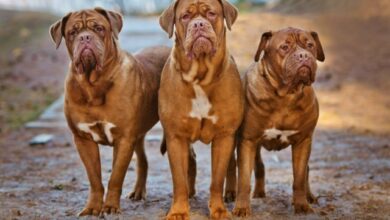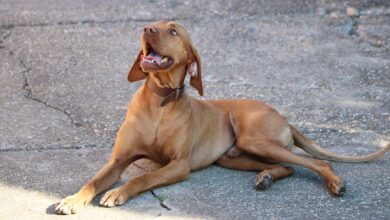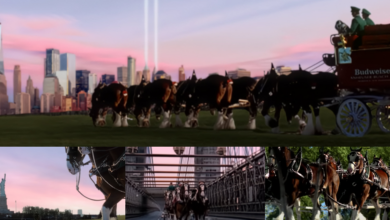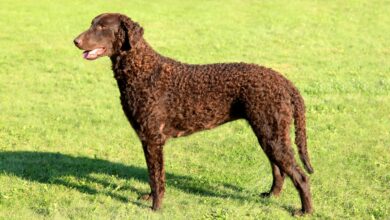20 Fun & Fascinating Facts About Akita Puppies
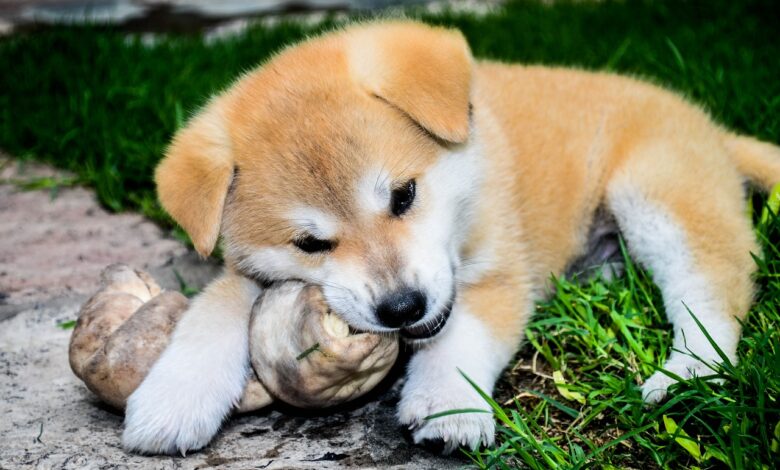
Akitas are a breed that emanates majesty, loyalty, and mystery. Originating from Japan, these dogs have not only been companions to families but have also played significant roles in the cultural and historical backdrop of their native country. Let’s delve into some fascinating insights about Akita puppies.
1. Akitas are indigenous to Japan
This breed has deep historical roots in Japan, particularly from the Akita Prefecture, which is how they got their name. Akitas have been in Japan for hundreds of years, often seen in ancient art and literature. They are one of the country’s national treasures and are regarded with much esteem.
2. There are two distinct types of Akitas
Though many recognize the Akita as a singular breed, there are two variations: the Japanese Akita Inu and the American Akita. The Japanese version is slightly smaller and comes in fewer color variations, while the American Akita is bulkier with a broader head and deeper set eyes.
3. Akitas are inherently quiet dogs
While many dogs are vocal, Akitas are known for their silence. They rarely bark without reason. An Akita’s bark is often a sign of something significant, making them excellent watchdogs who won’t annoy neighbors with unnecessary noise.
4. They have a ‘cat-like’ nature
Akitas are often compared to cats due to their behavior and grooming habits. Just like felines, Akitas are independent, often enjoy their alone time, and have a penchant for self-cleaning, frequently licking their paws and fur.
5. Akita puppies grow quickly
These puppies, though cute and cuddly when young, grow rapidly. By the age of five months, they can already weigh about 50 pounds. New owners should be prepared for a sizable dog in a short amount of time.
6. They have webbed toes
Akitas have webbed toes, which make them excellent swimmers. This webbing also gives them a better grip on slippery surfaces and makes them agile in snowy terrains, which is common in their native Japanese highlands.
7. Akitas are single-coated puppies but become double-coated adults
As puppies, Akitas have a single coat. However, as they mature, they develop a thick, double coat. This dense fur acts as insulation against both cold and heat.
8. Their tails are a defining feature
One of the Akita’s distinguishing characteristics is its curly tail. This tail, which often rests curled over the back, is both a standard of beauty for the breed and a functional feature, helping to protect their face from the cold when they curl up to sleep.
9. Akita puppies are naturally protective
From a young age, Akitas exhibited protective behaviors, especially towards their families. This inherent trait makes early socialization crucial to ensure they’re approachable and well-mannered adults.
10. They’re not always friendly with other dogs
Akitas have a dominant nature, and without proper socialization, they can show aggression toward other dogs, especially those of the same sex. Training and early exposure to other animals are vital.
11. Akita puppies require consistent training
Due to their strong-willed nature, Akitas needs consistent, firm, but gentle training from puppyhood. Their intelligence means they pick up commands quickly, but they also need to respect their trainer.
12. Akitas have a longer puppyhood than many breeds
While many dogs might mature around one year of age, Akitas take longer. They often maintain their puppy-like demeanor until they’re about two years old.
13. They have a strong prey drive
Akitas were originally bred for hunting, so they possess a strong prey drive. This trait means that smaller pets, like rodents or birds, might be seen as prey if not introduced properly.
14. Akitas are sensitive to drugs
Owners should be cautious as Akitas can have adverse reactions to common drugs like sedatives or anesthetics. It’s essential to inform the vet of their breed before any medical procedures.
15. They are prone to certain health issues
Like many larger breeds, Akitas can be susceptible to hip dysplasia. Regular check-ups and a balanced diet are essential for their well-being.
16. Akitas have been movie stars
The famous story of Hachikō, an Akita who waited for his deceased owner every day at Shibuya Station, was turned into a movie, highlighting the breed’s loyalty.
17. Akita puppies love to chew
As with many puppies, Akitas loves to chew. However, due to their size and strength, they can do significant damage. It’s important to provide them with durable toys.
18. They have a rich history as a working breed
In ancient Japan, Akitas were used for hunting large game, like boars, bears, and deer. They were revered for their bravery and strength.
19. Akitas have been companions to royalty
In Japan, Akitas were often reserved for the imperial family and their court. They were seen as a symbol of good health, happiness, and long life.
20. Their loyalty is unparalleled
Perhaps the most famous trait of Akitas is their deep loyalty to their family. Stories abound of these dogs going to great lengths to protect or stay close to their owners.
Conclusion
Akitas are a breed of depth, history, and distinction. Whether it’s their iconic appearance, their unwavering loyalty, or their storied past, there’s no doubt that Akitas is truly unique. Welcoming an Akita puppy into your home means embracing a legacy of companionship and strength.
Frequently Asked Questions About Akita Puppies
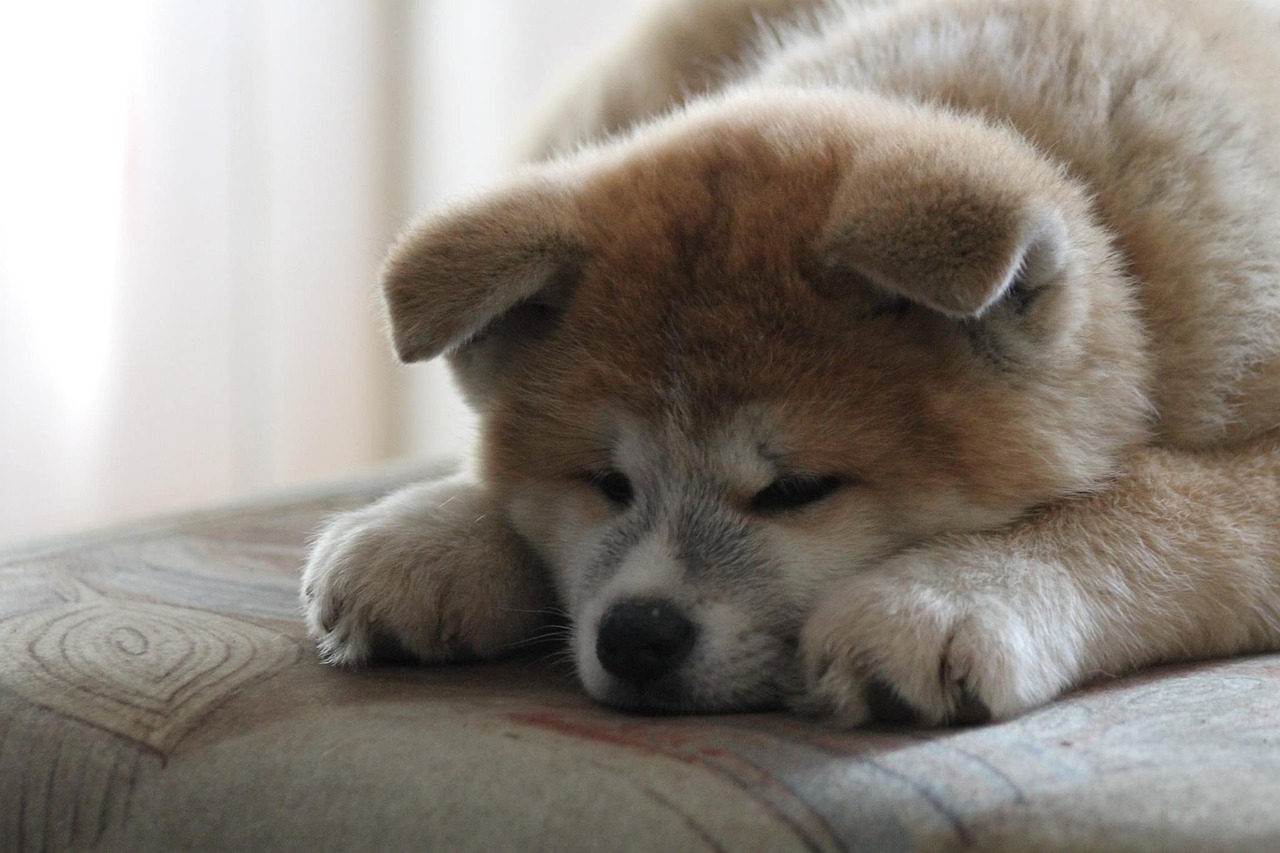
1. Are Akitas related to Pointer breeds?
No, Akitas are not related to Pointer breeds. Akitas originate from Japan and have a history as hunting and guarding dogs, while Pointers are gun dogs, primarily used to point game birds. The two breeds have different histories, origins, and purposes.
2. How big do Akita puppies grow?
Akita puppies grow rapidly and can reach a weight of 70 to 130 pounds for males and 50 to 110 pounds for females. By the age of five months, they can already weigh about 50 pounds. Their growth rate and eventual size make them a large breed.
3. Are Akitas good with children and other pets?
Akitas can be good with children, especially if raised with them, but their large size means they should always be supervised. As for other pets, Akitas have a strong prey drive and can be aggressive towards other dogs, especially those of the same sex. Proper socialization and training are essential.
4. How often do Akitas need to be groomed?
Akitas have a dense double coat that requires regular grooming. Brushing them several times a week will help reduce shedding and keep their coat healthy. They tend to “blow” their coat, or shed heavily, twice a year, during which more frequent grooming is needed.
5. How much exercise do Akita puppies require?
Akita puppies are energetic and require regular exercise. Daily walks, play sessions, and mental stimulation are vital. However, due to their rapid growth, strenuous activities or long runs should be avoided until they are fully grown.
6. Are Akitas easy to train?
Akitas are intelligent but can also be stubborn. They require consistent, firm, yet gentle training from an early age. Early socialization and positive reinforcement techniques work best with this breed.
7. Do Akitas have any common health issues?
Akitas can be prone to certain health issues like hip dysplasia, progressive retinal atrophy, and autoimmune disorders. Regular veterinary check-ups, a balanced diet, and being aware of these potential health concerns are important for Akita owners.
8. How long is the average lifespan of an Akita?
The average lifespan of an Akita is around 10 to 15 years. With proper care, a balanced diet, and regular veterinary check-ups, many Akitas live healthy, full lives within this range.
9. Are Akitas suitable for first-time dog owners?
Akitas can be a challenge for first-time dog owners due to their size, strength, and independent nature. Prospective Akita owners should be prepared for consistent training, socialization, and understanding of the breed’s specific needs.
10. What is the difference between the Japanese Akita Inu and the American Akita?
The Japanese Akita Inu and the American Akita are two variations of the breed. The Japanese version is slightly smaller, has a more fox-like face, and comes in fewer color variations. The American Akita is bulkier with a broader head and can come in any color combination. Both types share similar traits but have distinct appearances.
